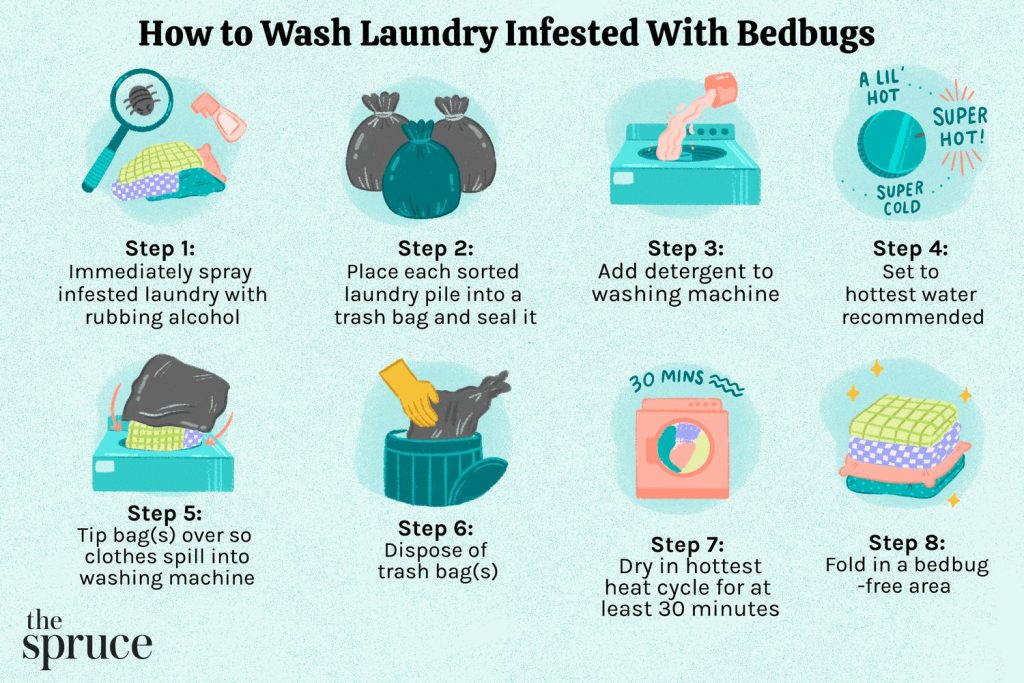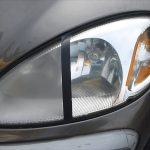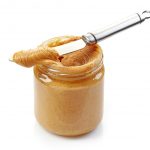It’s a common question I hear a lot: “When can I put clothes back after bed bug treatment?” I’m sure a lot of people can relate to this; bed bugs can be a real nuisance, and it’s important to know when you can begin putting your clothes back in your closet after a treatment. This article will discuss how to get rid of pesky bed bugs and when you can put your clothes back.
What Are Bed Bugs?
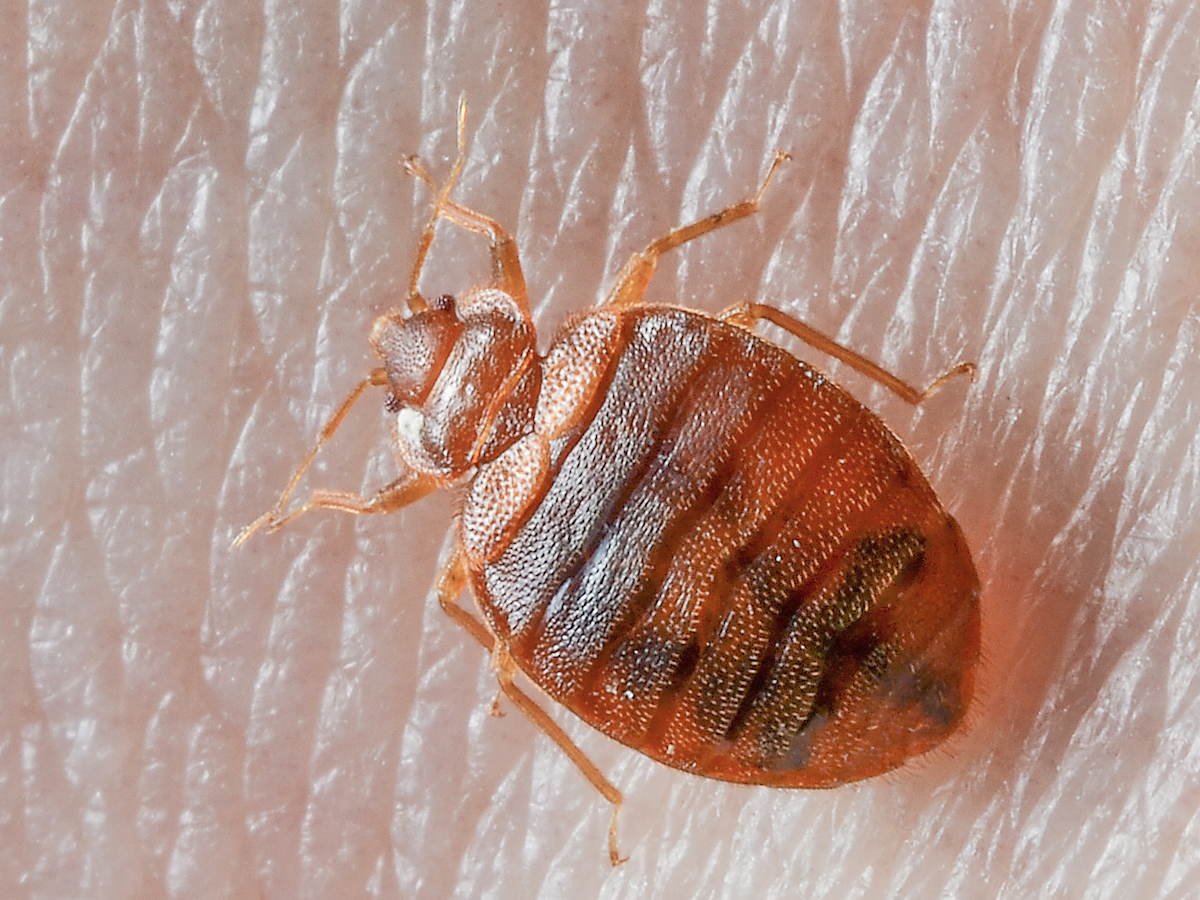
Bed bugs are small, parasitic insects that feed on human blood. They are reddish-brown in color, and are about the size of an apple seed. They typically hide in mattresses, bed frames, furniture, carpets, and clothing. Bed bugs are difficult to detect, as they are nocturnal and hide in the cracks and crevices of furniture and bedding.
Bed bugs can spread quickly and cause an infestation. They can enter a home through luggage, clothing, and second-hand furniture. Bed bug infestations have become more common in recent years, and are a growing problem in many parts of the world.
- Adult bed bugs are about the size of an apple seed.
- They are reddish-brown in color.
- Bed bugs hide in the cracks and crevices of furniture and bedding.
- Bed bug infestations can spread quickly.
- They can enter a home through luggage, clothing, and second-hand furniture.
Identifying Bed Bugs
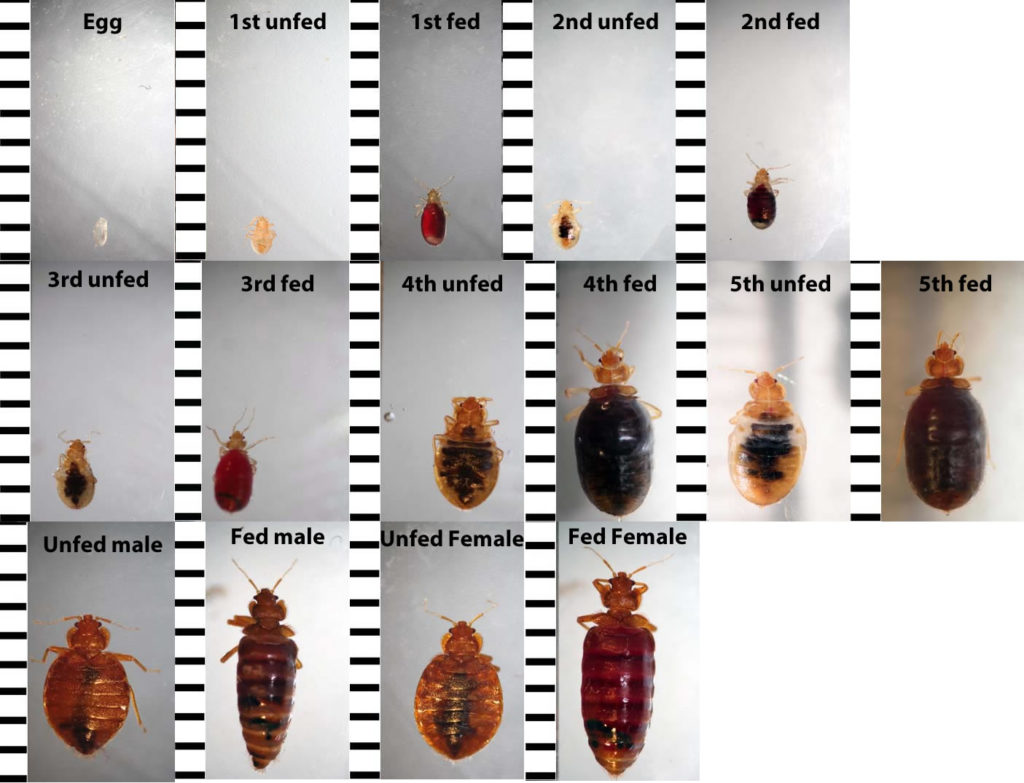
- Look for the bugs themselves. Bed bugs are small, oval, brownish-red insects up to 4 to 5mm long.
- Check bedding, including mattresses, box springs, and bed frames. Look closely for the bugs themselves, as well as the dark spots of their droppings.
- Examine your furniture, paying particular attention to seams and tufts.
- Check behind wall hangings, behind switch plates and electrical outlets, and in cracks in wallpaper and plaster.
- Look closely at carpets, especially where they meet walls and behind bed frames, nightstands, and dressers.
- Check your closet and other storage areas for infestations.
Treatment of Bed Bugs
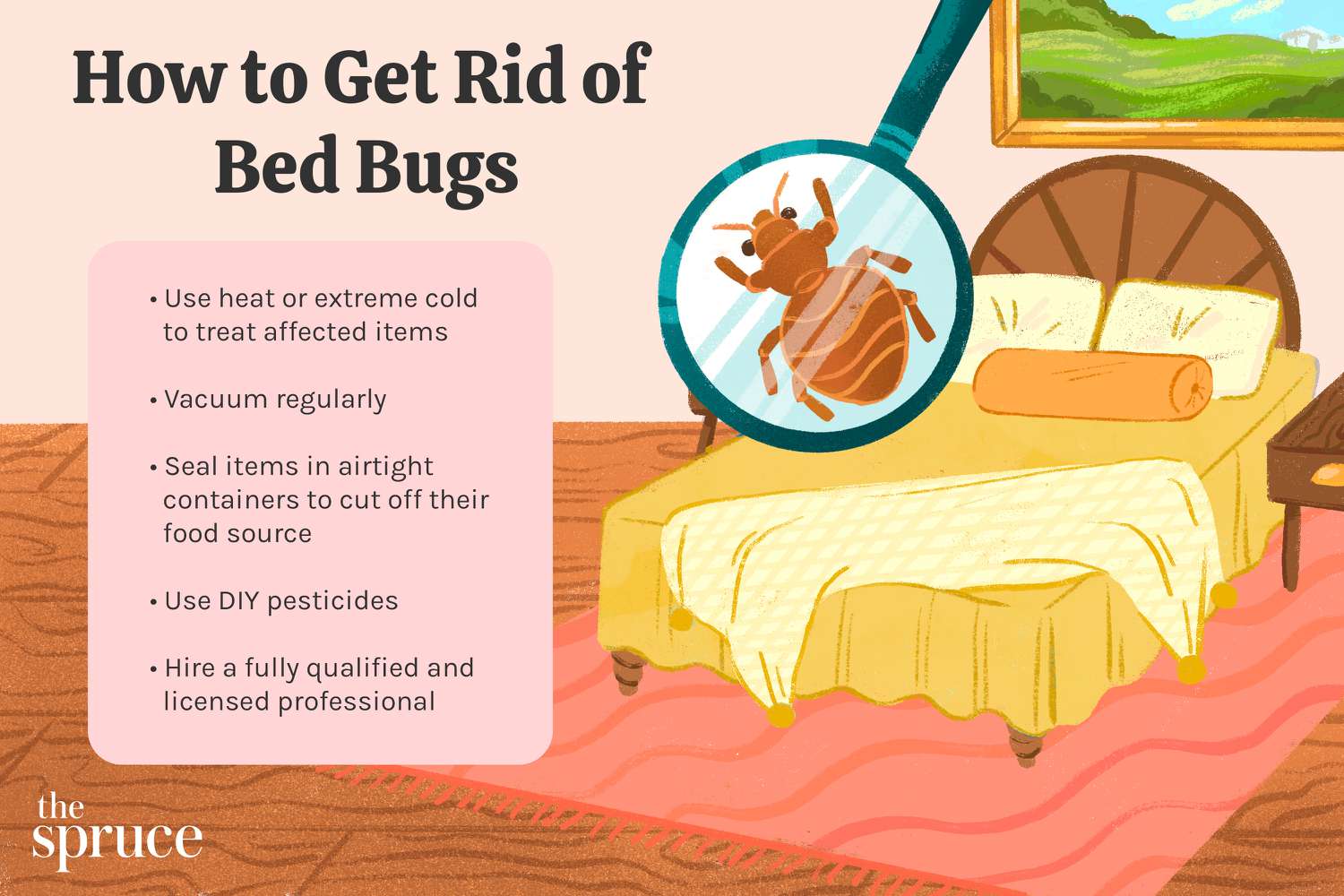
Bed bugs are notorious for their hardiness and ability to survive in various conditions. To get rid of them completely, a combination of extermination and preventive measures is recommended.
Extermination
The first step is to identify any infested areas. This includes looking for signs such as brown spots on the mattress and sheets, shed skin, and live bugs. Once the infested areas are identified, the next step is to treat them.
There are various methods of extermination available. These include chemical treatments, heat treatments, and steam treatments.
Chemical Treatments
Chemical treatments involve the use of insecticides. These are available in various forms such as aerosol sprays, dusts, and liquids. Insecticides are effective at killing bed bugs but can also be hazardous to humans and pets. Therefore, it is important to use them carefully and according to the instructions on the label.
Heat Treatments
Heat treatments involve the use of special equipment to heat up an infested area to a temperature of between 45 and 55 degrees Celsius. This is hot enough to kill any bed bugs present. Heat treatments are effective but can be expensive.
Steam Treatments
Steam treatments involve the use of steam to kill bed bugs. This is done by using a special steam machine to generate steam that is then used to treat infested areas. Steam treatments are effective but require a longer time to treat the area.
Preventive Measures
Once the infested areas have been treated, it is important to take preventive measures to avoid future infestations. These include regular vacuuming, washing bedding and clothes in hot water, and keeping clutter to a minimum.
Once the extermination and preventive measures have been taken, it is safe to put clothes back in the infested area.
Bed Bug Extermination
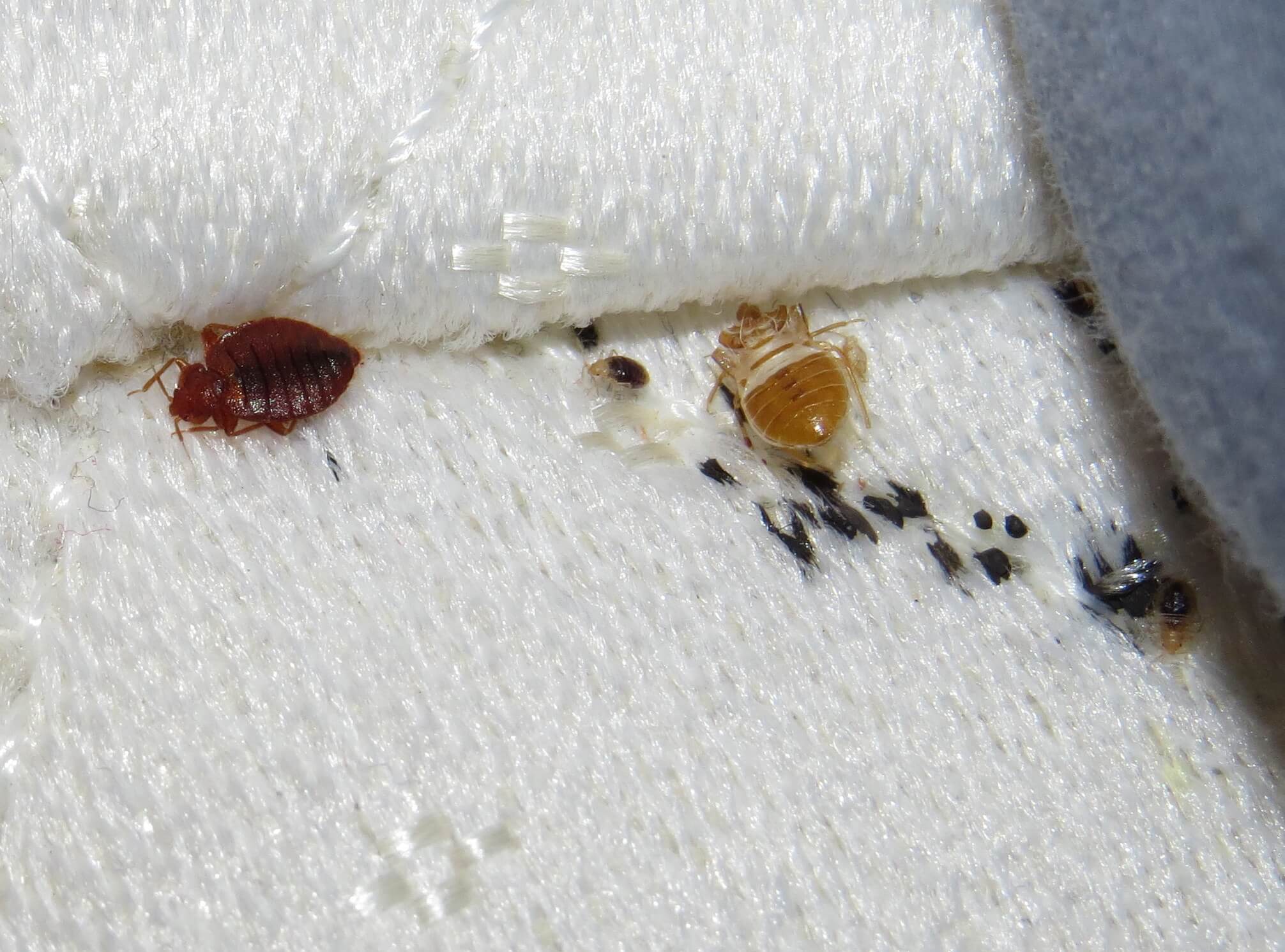
The key to successful bed bug extermination is to use a combination of treatments, such as chemical and non-chemical treatments, to get rid of the infestation. Chemical treatments include insecticides and can be used to create a barrier around the affected area to keep bed bugs from coming back. Non-chemical treatments include steam, heat and cold treatments. Steam treatments can be used to kill bed bugs and their eggs. Heat treatments involve using hot air to kill bed bugs and their eggs. Cold treatments involve using freezing temperatures to kill bed bugs and their eggs.
When it comes to putting clothes back after bed bug treatment, it is important to use the right methods. After the treatment has been completed, it is important to vacuum the area thoroughly and remove any visible bed bugs. Clothes should then be laundered on the hottest temperature setting possible and dried in the hottest setting. It is also important to seal all clothing and bedding in plastic bags or containers to prevent the bed bugs from re-infesting.
| Treatment | When can I put clothes back? |
|---|---|
| Chemical | After the treatment has been completed and the area has been vacuumed |
| Steam | After the treatment has been completed and the area has been vacuumed |
| Heat | After the treatment has been completed and the area has been vacuumed |
| Cold | After the treatment has been completed and the area has been vacuumed |
It is important to note that not all bed bug treatments are effective and some treatments may not be suitable for certain fabrics. Therefore, it is important to consult with a professional exterminator to determine the best course of action for your situation.
Bed Bug Treatment
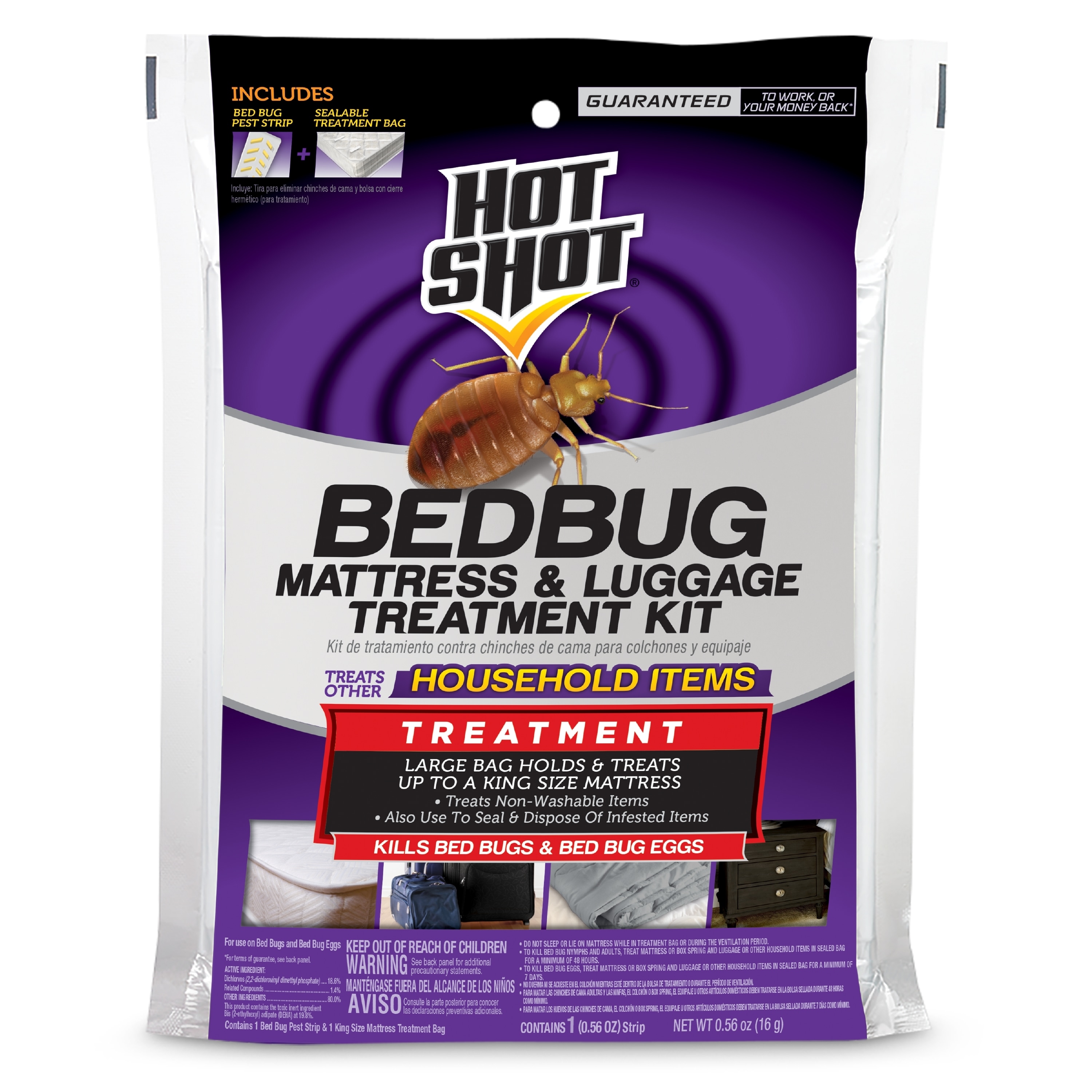
- Contact a professional pest control specialist to inspect for bed bugs and provide an effective treatment.
- Vacuum the infected area thoroughly, focusing on cracks and crevices, and discard the bag in an outdoor trash container.
- Steam clean or launder all affected items, including mattresses, box springs, bedding, furniture, and clothing, using the hottest water setting possible.
- Place all treated items in plastic bags and seal tightly.
- Leave the plastic bags sealed for at least two weeks.
- Inspect all items for signs of bed bugs and re-treat if necessary.
- When no signs of bed bugs are found, carefully remove items from the bags and put them back in the home.
When Can I Put Clothes Back After Bed Bug Treatment?
After you have gone through a bed bug treatment, you may be wondering when you can put your clothes back in your closet. The answer to this question depends on the type of treatment you used and how thorough you were in the process.
Heat Treatment
If you used a heat treatment to get rid of bed bugs, you can put your clothes back in your closet immediately after the treatment is complete. Heat treatments are one of the most effective ways to get rid of bed bugs and the heat will have killed any eggs or live bugs that may have been in your clothing.
Chemical Treatment
If you used a chemical treatment to get rid of bed bugs, you will need to wait at least 24 hours before you put your clothes back in the closet. The chemical treatment will have killed any live bed bugs, but it may take a few hours for the chemicals to dissipate and be safe for your clothes.
Vacuuming and Laundering
Vacuuming and laundering your clothes is also a great way to get rid of bed bugs. Once you have vacuumed and laundered your clothes, you can put them back in your closet. Be sure to vacuum and launder items that were in close proximity to the bed bug infested area, such as pillows, blankets, and sheets.
Conclusion
When it comes to putting your clothes back after a bed bug treatment, the answer depends on the type of treatment you used. Heat treatments are the quickest and you can put your clothes back immediately, while chemical treatments require a 24-hour waiting period. Vacuuming and laundering are also effective, and you can put your clothes back in the closet once you are done.
Other Considerations After Bed Bug Treatment
I should avoid bringing in secondhand furniture and mattresses into my home. Bed bugs can easily be carried in on these items. I should also inspect my home regularly to check for signs of bed bugs. I should check my bedding, furniture, and around the edges of carpets and rugs.
I should also be mindful of where I store my clothing. I should not keep clothing in plastic bags, as bed bugs can easily survive in these. Instead, I should store my clothing in a plastic bin with a lid.
When I travel, I should inspect my hotel room or other accommodation for signs of bed bugs. I should check the mattress, box spring, and headboard for signs of bugs. I should also keep my luggage off of the floor and away from walls.
Finally, I should inspect my clothing for bed bugs when I return home from a trip. I should also wash and dry my clothing on a high heat setting to kill any bed bugs that may have made their way into my suitcase.
| Post-Treatment | Considerations |
|---|---|
| Secondhand furniture/mattresses | Inspect for bed bugs before bringing into home |
| Clothing storage | Avoid plastic bags, use plastic bins with lids |
| Traveling | Inspect hotel room for bed bugs |
| Returning home | Inspect clothing for bed bugs, wash and dry on high heat |
Frequently Asked Questions
How long after bed bug treatment can I put my clothes back?
The length of time it takes to safely put clothes back after a bed bug treatment depends on the treatment method used. After a chemical treatment with an insecticide, clothes should be left out of the room for at least 24 hours to allow the chemicals to dissipate. After heat treatment, clothes and other items can usually be put back immediately. Non-chemical treatments such as steam can also have items put back shortly after the treatment is completed. It is important to follow the instructions of the pest control company to ensure the treatment is effective.
What precautions should I take when returning home after bed bug treatment?
When returning home after a bed bug treatment, it is important to take certain precautions to ensure that the treatment was successful. Clean and vacuum the house thoroughly, paying close attention to any cracks and crevices where bed bugs may hide. Wash all bedding, linens, and clothing in hot water and dry on a high heat setting. Seal mattresses, box springs, and furniture in plastic covers to prevent any remaining bed bugs from escaping. Lastly, keep an eye out for any signs of an infestation, such as egg casings, shed bed bug skins, and live bed bugs.
When can I mop after bed bug treatment?
It is best to wait at least one week after the bed bug treatment before mopping the affected areas. This will allow enough time for the chemicals used to take full effect. It is important to ensure that all dead bed bugs are removed before mopping, as the chemicals used in the treatment may not be effective against these bugs.
How long after bed bug treatment can I vacuum?
It is safe to vacuum your home after a bed bug treatment, but it is best to wait at least 24 hours after the treatment to do so. Vacuuming too soon may cause the chemicals used in the treatment to spread and reduce their effectiveness. Vacuuming should be done thoroughly, with special attention to cracks and crevices. Vacuuming is an important step in controlling a bed bug infestation and should be done regularly.
What should I do after my first bed bug treatment and extermination?
After the first bed bug treatment and extermination, it is important to continue to monitor the area. This includes regularly checking for signs of bed bugs and their eggs, such as dark stains on bedding or mattresses, or a musty smell in the room. Vacuuming regularly and washing bedding and other fabrics in hot water can also help to prevent re-infestation. If you suspect any further activity, contact a professional pest control company immediately.
Conclusion
I’ve learned that bed bug treatments require patience and persistence. It’s important to follow the instructions of the pest control professionals and wait the recommended amount of time before putting clothes back in the treated area. This will ensure that the treatment is effective and that all of the bed bugs are eliminated. By taking the necessary steps and being diligent in treating the infestation, I can be sure that I can get rid of the pesky bugs.
